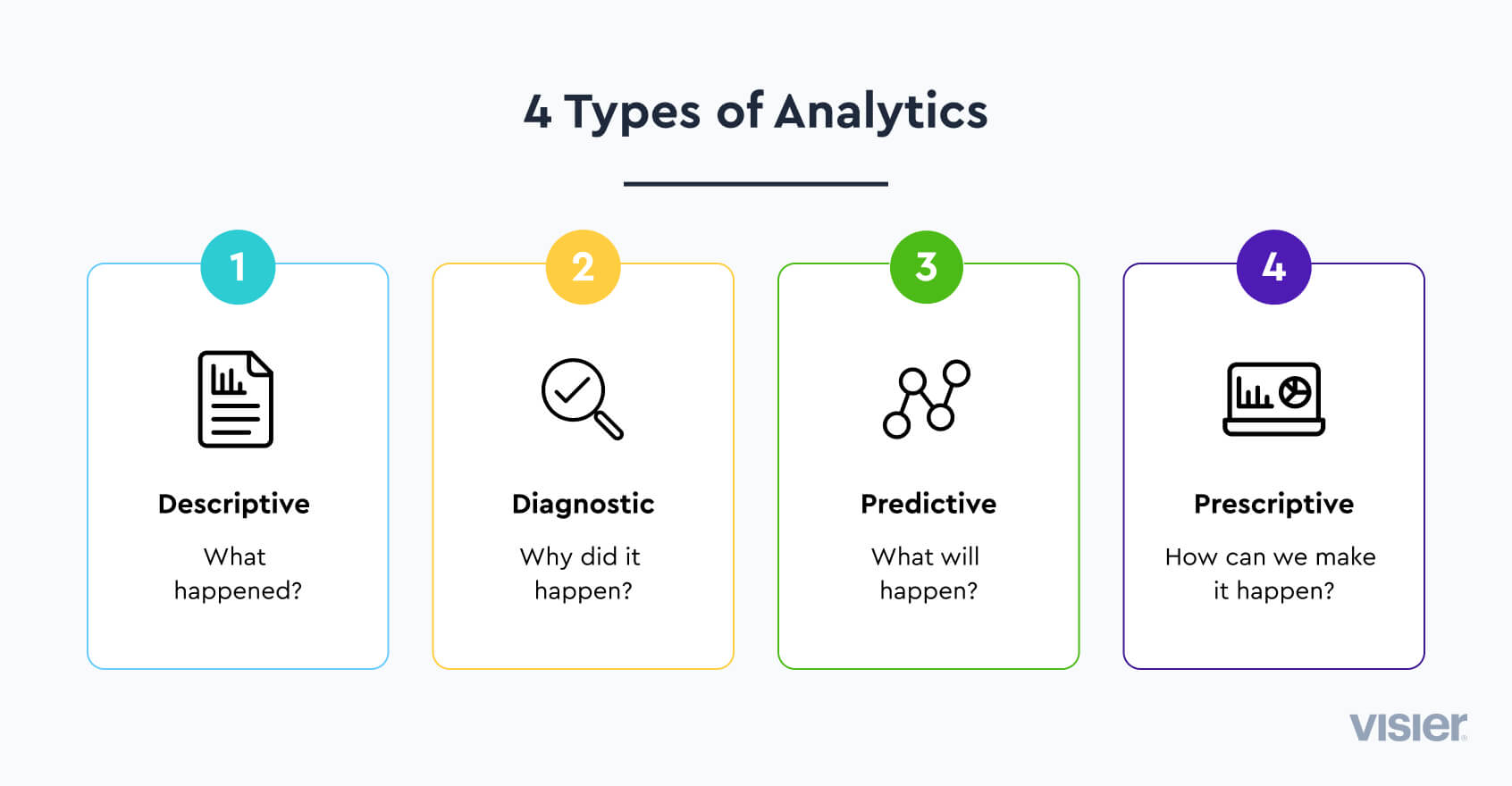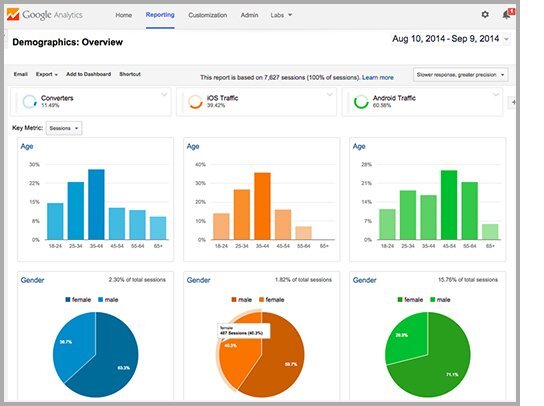Discover Hidden Opportunities with Modern Analytics Techniques
Discover Hidden Opportunities with Modern Analytics Techniques
Blog Article
Increase Efficiency and Productivity Via Information Analytics
In today's data-driven landscape, services are increasingly acknowledging the pivotal duty of data analytics in improving operational effectiveness and profitability. By systematically assessing data, companies can discover important insights that notify critical decisions, enhance processes, and tailor customer experiences.
Comprehending Information Analytics
In today's data-driven landscape, recognizing data analytics is vital for companies aiming to improve functional efficiency and drive success. Information analytics involves the methodical computational analysis of data collections to reveal patterns, connections, and insights that educate decision-making. By employing various methods, such as analytical evaluation, equipment knowing, and anticipating modeling, companies can change raw data into workable knowledge.
The procedure generally begins with information collection, where pertinent details is collected from multiple sources, including transactional databases, customer communications, and market fads. This information is after that cleaned up and organized to make sure precision and consistency. Once the information is prepared, logical tools and software program are made use of to envision the details and explore, enabling stakeholders to identify abnormalities and patterns.
Eventually, comprehending information analytics encourages companies to make educated choices based on empirical proof instead than instinct. It promotes targeted approaches that can maximize source allocation, boost consumer fulfillment, and improve overall efficiency. As companies progressively recognize the worth of data-driven understandings, a strong grasp of information analytics becomes a vital competency for leaders and groups alike, positioning them for continual success in an affordable setting.

Secret Advantages for Organizations
Organizations that take advantage of information analytics can open a wide range of advantages that dramatically boost their procedures and productivity. One of the key benefits is boosted decision-making. Data analytics gives actionable insights originated from real-time data, enabling services to make informed options that straighten with market needs and consumer preferences.

Furthermore, information analytics cultivates boosted client experiences. By understanding customer behaviors and choices, services can customize their offerings, bring about enhanced satisfaction and commitment. This customized method usually results in higher conversion prices and repeat organization.
In addition, information analytics allows services to determine emerging possibilities and fads. By remaining ahead of the contour, companies can utilize on new markets and developments before their competitors.
Applying Data-Driven Approaches
Effective application of data-driven strategies calls for a thorough understanding of both business goals and readily available information sources. Organizations has to first define their goals plainly, making certain positioning between information initiatives and critical objectives. This clarity allows teams to concentrate on relevant metrics and understandings that drive decision-making.
Top notch information is necessary for precise evaluation, as bad information can lead to illinformed techniques and lost sources - Analytics. Organizations needs to establish procedures for data collection, cleaning, and monitoring to maintain information integrity.
Additionally, fostering a data-driven culture is critical. Workers in all levels need to be encouraged to leverage data in their day-to-day procedures. Educating programs and workshops can improve information literacy, empowering staff to make informed choices based upon logical insights.
Devices and Technologies Overview
A durable collection of tools and technologies is necessary for organizations intending to harness the full possibility of information analytics. visit this web-site These devices facilitate the collection, handling, and visualization of information, making it possible for businesses to acquire workable understandings.
At the foundational level, data administration platforms such as SQL data sources and NoSQL systems offer effective information storage and retrieval abilities. For data handling and analysis, programming languages like Python and R, in addition to structures such as Apache Glow, make it possible for intricate calculations and device understanding applications.
Visualization devices, including Tableau and Power BI, change raw information right into instinctive graphical styles, making understandings available to stakeholders in any way levels. Furthermore, cloud-based systems like Google Cloud and AWS provide scalable storage space and processing options, accommodating the expanding More Bonuses volumes of information organizations come across.
For advanced analytics, anticipating modeling and AI-driven services are significantly taken on, enabling firms to forecast fads and enhance decision-making processes. Integrating these tools into existing workflows is extremely important; organizations that effectively utilize this modern technology can considerably boost operational performance and drive success. Hence, purchasing the right tools and innovations is a tactical important for any type of data-driven organization.
Study of Success
Leveraging information analytics has led many companies to achieve impressive renovations in effectiveness and profitability. One noteworthy instance is a huge retail chain that executed predictive analytics to maximize stock monitoring. By evaluating historical sales data and client trends, the company reduced excess supply by 30%, bring about substantial cost financial savings and boosted capital.
Another instance can be discovered in the manufacturing field, where a leading vehicle manufacturer used data analytics to boost its production procedures. By checking maker performance in real-time, the company identified bottlenecks and ineffectiveness, causing a 20% boost in overall equipment effectiveness (OEE) This not just boosted manufacturing prices yet additionally lessened downtime and maintenance costs.

These instance studies highlight exactly how information analytics can drive calculated decision-making, optimize processes, and inevitably improve both performance and earnings across different sectors.
Final Thought
In conclusion, the combination of data analytics right into company procedures presents significant opportunities for enhancing efficiency and profitability. By methodically analyzing data, organizations can recognize ineffectiveness, enhance customer experiences, and make notified decisions.
In today's data-driven landscape, understanding data analytics is vital for organizations intending to boost operational efficiency and drive success. Information analytics entails the systematic computational evaluation of information sets to discover patterns, connections, and understandings that notify decision-making. Data analytics provides actionable understandings obtained from real-time information, allowing organizations to make educated selections that align with market needs and consumer preferences.
High-grade data is crucial for exact analysis, as poor information can lead to misguided methods and thrown away sources. check my source Organizations needs to develop processes for information collection, cleansing, and management to keep data stability.
Report this page